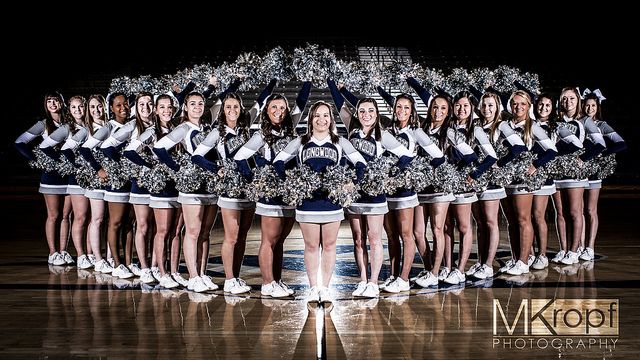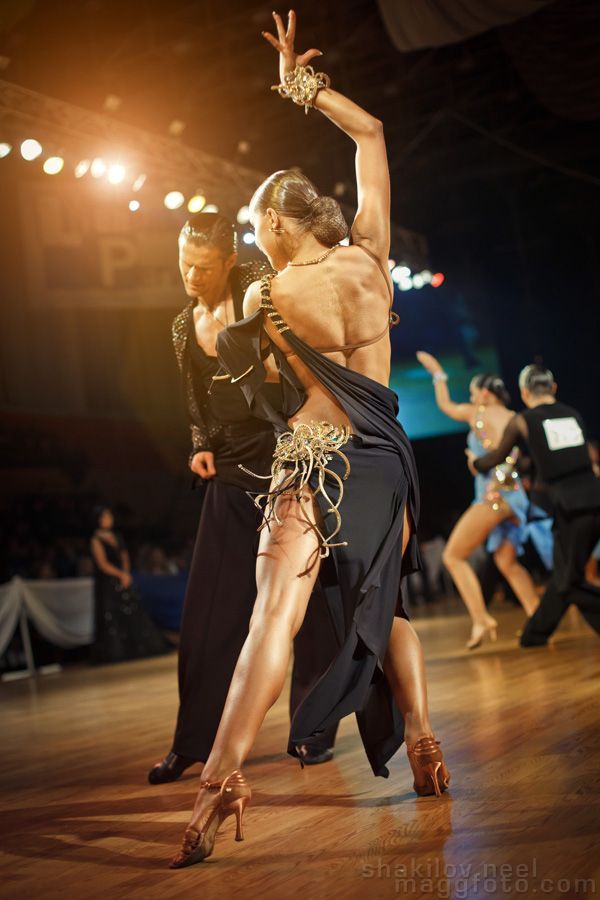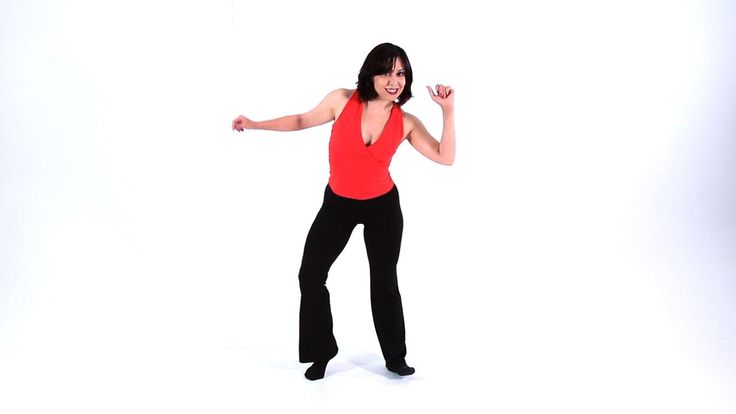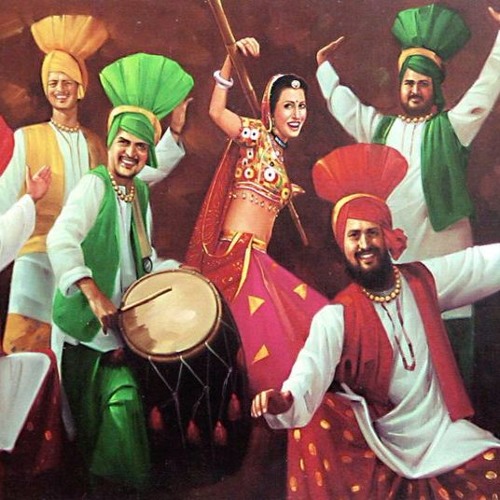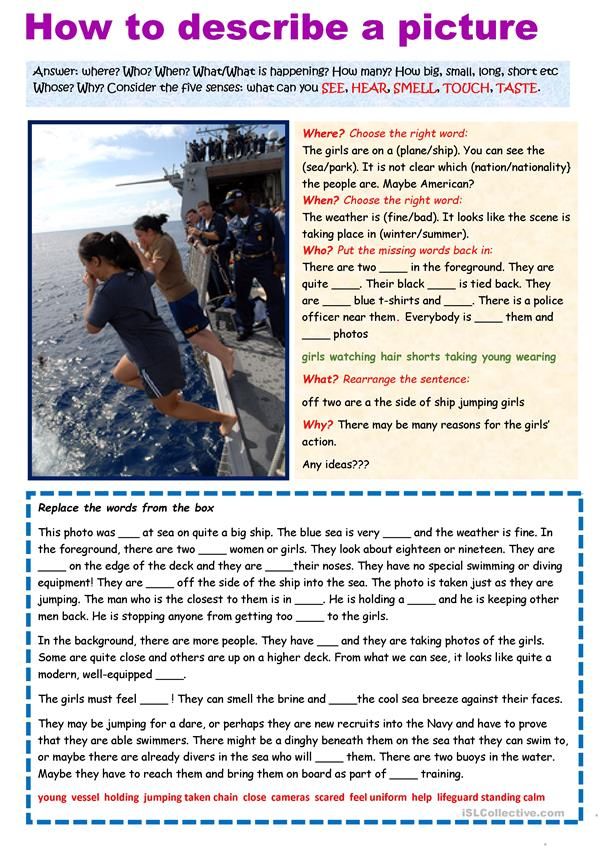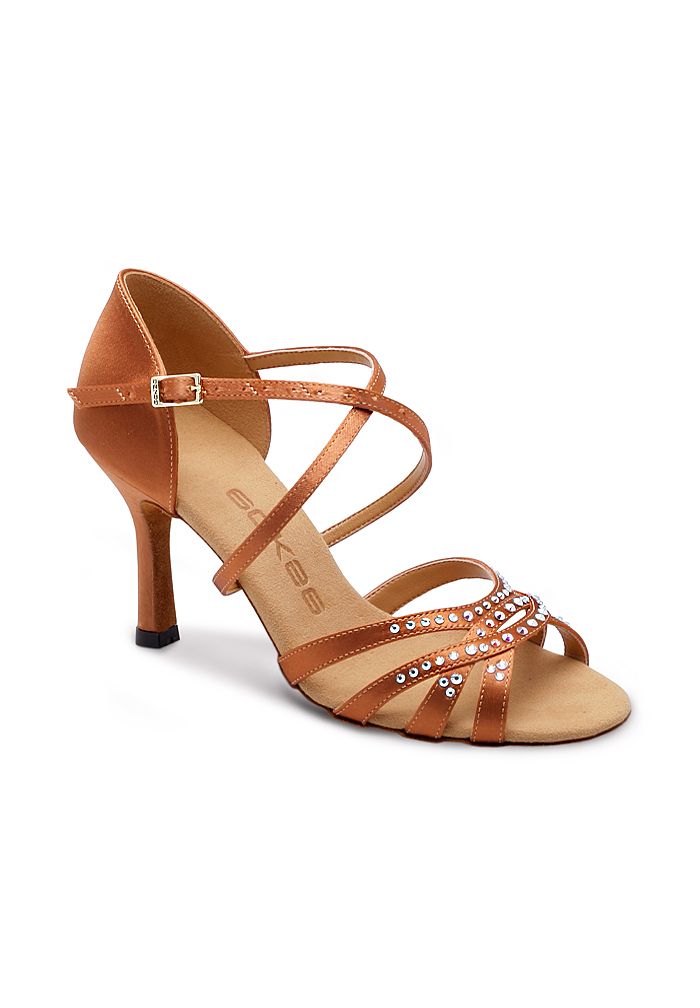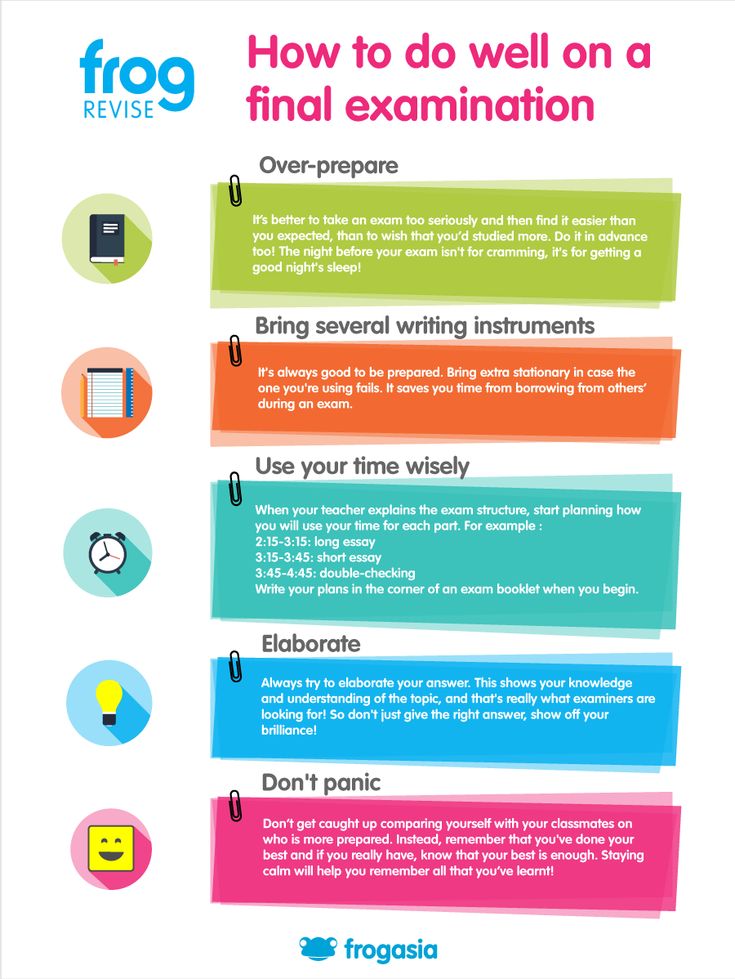How to do a leg lift in dance
Stretches and Strengtheners to Increase Your Extensions
If you’re aiming for a higher développé, chances are you might not be working toward it in the most effective way. “Everybody focuses on the splits. That’s fine, but there are so many other ways to gain flexibility that don’t perhaps overstretch the wrong tissue in your hips,” says physical therapist Michelle Rodriguez, founder and director of Manhattan Physio Group.
“Having a higher extension to the front or side not only requires flexibility in your hamstrings and adductors, but it also requires strength to lift the leg and hold it in that position,” she continues. When working in arabesque, the mechanics are a bit different: Stretching should focus on opening up the front of the hip and creating length, not compression, in the lumbar spine.
Here, Rodriguez offers safe stretching and strengthening exercises for improving your extensions to the front, side and back. Always make sure you’re fully warm before doing any static stretches. If you have a break before développés at the barre, that’s the perfect time to incorporate these exercises.
You’ll need:
- strap or resistance band (optional)
- barre
- physioball
Devant: Stretch
Lying on your back, hold on to your ankle (or loop a strap around your foot, holding an end in each hand) and extend your right leg toward your chest. Keep your left leg extended on the floor, and try to minimize how much you tuck your pelvis. As you pull your leg closer, your pelvis will move a bit, says Rodriguez, but the straighter you can keep your spine, the purer the stretch you’ll get through the hamstring. Hold 60 seconds. Repeat on both legs in slight turnout and parallel.
Devant: Strengthen
Angle into the barre with your right leg placed on it in front of you. Engage your abs and lift the leg a few inches off the barre, without gripping your quad.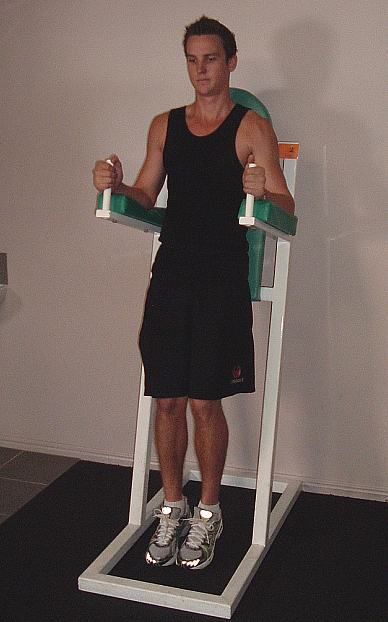 Hold for 2 counts, slowly control to return. Work up to a hold of 4 to 6 counts.
Hold for 2 counts, slowly control to return. Work up to a hold of 4 to 6 counts.
À La Seconde: Stretch
Lying on your back, reach your right leg front and then carry side, keeping it turned out. (Depending on your flexibility, you can hold on to your ankle or use a band.) Keep the pelvis as level as possible. Hold 60 seconds and repeat on the other leg.
À La Seconde: Strengthen
Face into the barre with your right leg placed on it in à la seconde. Engage your abdominals and think of spiraling the leg to maintain your turnout as you lift it a few inches off the barre. Hold for 2 counts, slowly control to return. Work up to a hold of 4 to 6 counts.
Derrière: Stretch
Kneel on your right knee with your left foot on the floor, slightly in front of your left knee. “Zip up” from pubic bone to belly button, says Rodriguez, to activate your abs. Tighten the right glute and slightly tuck your pelvis to stretch the front of your right hip and thigh. Meanwhile, reach your right arm to fifth, lengthening the torso toward the ceiling. Hold for 60 seconds on each side. If desired, finish the stretch by extending into a slight cambré back, being careful not to compress your lower back.
Meanwhile, reach your right arm to fifth, lengthening the torso toward the ceiling. Hold for 60 seconds on each side. If desired, finish the stretch by extending into a slight cambré back, being careful not to compress your lower back.
Derrière: Stretch-and-Strengthen Combo
Face the barre with your right leg in a low arabesque, resting the foot on top of a physioball. With your abs lifted and engaged, roll the ball backwards and plié the supporting leg. Focus on lengthening through the front of your torso and hip, while maintaining space in the lower back. Stay in plié for 2 deep breaths, roll back in and straighten. Repeat 10 times on each leg. To build strength, practice lifting your leg slightly off the ball.
All photos by Emily Giacalone, modeled by Brittany Larimer
How to Train Muscles for Lifting Legs Higher in Ballet
- Share on Facebook
Sharp lines are one of the trademarks of the ballet aesthetic, and these sharp lines require that you lift your legs very high. The ability to do this is a form of strength that you can develop through regular training, and strengthening your calves, glutes, hamstrings and quadriceps is particularly important. While some people are more flexible and will be able to lift their legs higher than others, most people can learn to lift their legs like a ballet dancer if they train long enough.
The ability to do this is a form of strength that you can develop through regular training, and strengthening your calves, glutes, hamstrings and quadriceps is particularly important. While some people are more flexible and will be able to lift their legs higher than others, most people can learn to lift their legs like a ballet dancer if they train long enough.
Step 1
Strengthen your abdominal muscles. Many beginning ballet dancers focus solely on their legs, but core strength is a key for both balance and flexibility. Lie on your back with your feet flat on the floor and knees bent slightly. Tighten your abdominal muscles and push the small of your back into the ground. While maintaining this position, do crunches by putting your hands behind your head or across your chest and raising your torso off of the floor. Begin with 10 reps and work up to more. Then, keep your back pressed into the floor and your abs engaged. Point your toes and lift one leg off the ground, straightening it toward the ceiling.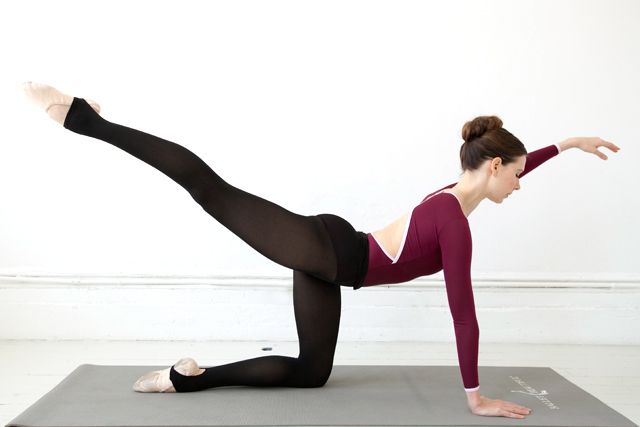 Hold the position for 30 seconds. Repeat with the other leg and do two reps on each side. Gradually build up to more reps each day.
Hold the position for 30 seconds. Repeat with the other leg and do two reps on each side. Gradually build up to more reps each day.
Step 2
Lie on the ground with your legs extended straight out. Slowly lift your right leg as high as you can without taking your left leg off the ground or experiencing pain. Keep your leg straight as you lift it, while pointing and flexing your feet. Hold for 10 to 20 seconds, then repeat with the other leg. When pointing and flexing your feet, you're working the gastrocnemius and soleus of your calves, and the leg-lifting motion works your glutes, hamstrings and quadriceps.
Step 3
Lower a ballet barre so you can easily stretch your leg on it. Many ballet supply stores sell adjustable barres that you can elevate as you become more accustomed to the motions of ballet. Lift your leg as high as you comfortably can. Begin by supporting your foot with the barre, which helps build muscle strength. Bend your torso down over the elevated leg to touch your toe and hold for 30 seconds. Then repeat with the other leg. As you become comfortable with this activity, begin supporting your entire leg with the barre. This activity builds flexibility, stretches your muscles and prepares you to raise the barre to lift your leg even higher. It also provides your muscles with regular practice of the exercise you're trying to do, without risking overextension.
Then repeat with the other leg. As you become comfortable with this activity, begin supporting your entire leg with the barre. This activity builds flexibility, stretches your muscles and prepares you to raise the barre to lift your leg even higher. It also provides your muscles with regular practice of the exercise you're trying to do, without risking overextension.
Step 4
Raise your leg as high as you can in a standing position while still keeping your leg straight. Use a ballet barre to stabilize yourself. Hold for 20 seconds. Then repeat again, trying to get your leg slightly higher than last time. This strengthening exercise helps gradually build flexibility and muscle memory, so repeat it at least five to 10 times per day.
References
- The Ballet Blog: How to Get Your Legs Higher With a Developpe
- The Ballet Companion; Eliza Gaynor Minden
- Pointe Magazine Online: Your Best Body: Defy Your DNA
Warnings
- If you feel pulling or tearing in your muscles, immediately stop the exercise.
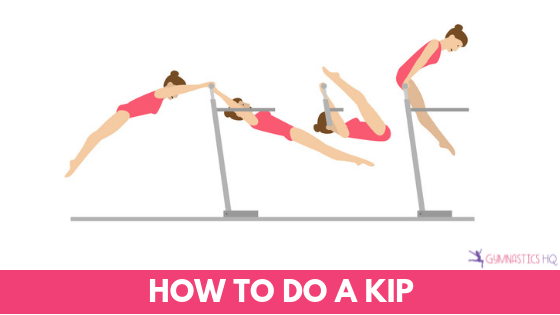 Forcing your muscles to overextend themselves can cause serious injuries and will significantly increase the time it takes you to build flexibility.
Forcing your muscles to overextend themselves can cause serious injuries and will significantly increase the time it takes you to build flexibility.
Writer Bio
Van Thompson is an attorney and writer. A former martial arts instructor, he holds bachelor's degrees in music and computer science from Westchester University, and a juris doctor from Georgia State University. He is the recipient of numerous writing awards, including a 2009 CALI Legal Writing Award.
Image Credit
Jupiterimages/Creatas/Getty Images
SHARE SHARE TWEET EMAIL
More Articles
How to do hanging leg raises on the horizontal bar for a strong core
March 27, 2021LikbezSports and Fitness
You will need more than one week of practice, but the result is worth it.
Iya Zorina
Author of Lifehacker, athlete, Candidate Master of Sports
Share
0Why do hanging leg raises on the bar
Hanging leg raises are a real champion in loading the body muscles.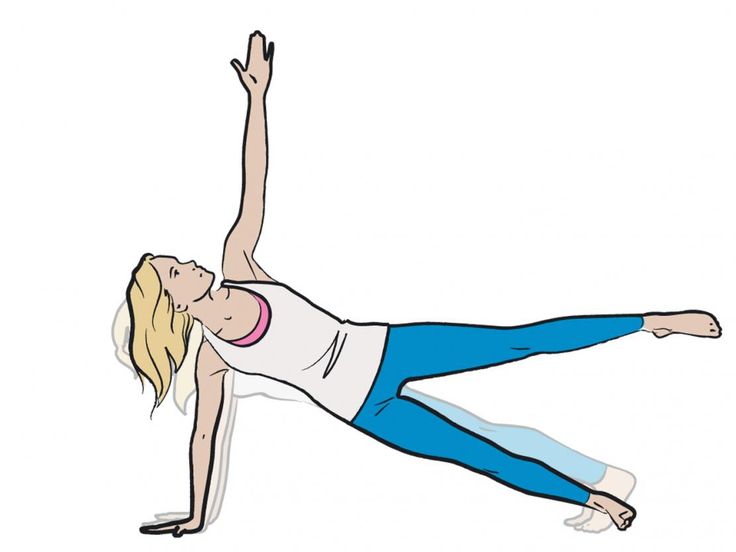 In this exercise, the rectus abdominis tenses at 130% of the maximum voluntary contraction (when you yourself strain it with all your might without moving), and the oblique muscles at 88%.
In this exercise, the rectus abdominis tenses at 130% of the maximum voluntary contraction (when you yourself strain it with all your might without moving), and the oblique muscles at 88%.
The iliopsoas and rectus femoris muscles also get a good load due to the lifting of the legs. And since you are working in the hang, the muscles of the shoulder girdle and forearms also tense up.
Can hanging leg raises hurt your back?
This exercise is often described as dangerous for the lower back. Indeed, hanging on the horizontal bar provides a serious load on the spine. But at the same time, it cannot be called unambiguously dangerous.
One study compared the pros (activation) and cons (compression) of different movements for pumping the abdominal muscles. Raising straight legs provided significant compression of the spine, but at the same time it loaded the rectus and oblique muscles better than other movements. And the crease on the press, which is commonly used to create cubes, provided more compression, but at the same time the muscles pumped worse.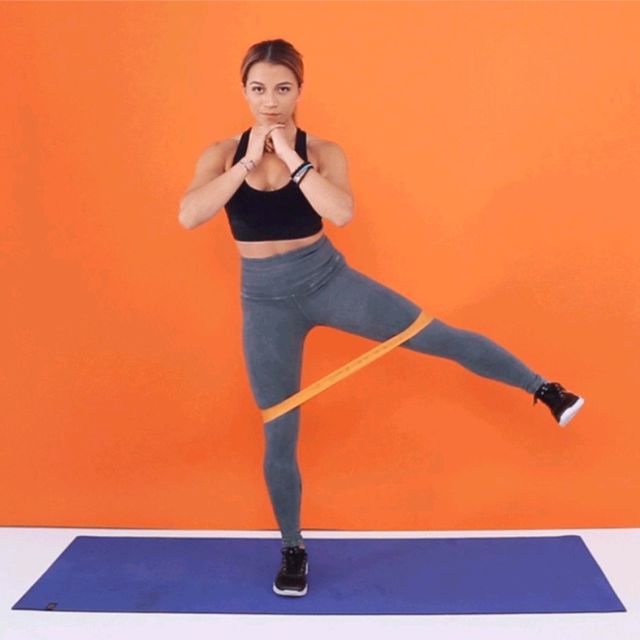
Hanging leg raises are also called unsafe because of the stress on the lumbar muscles. In people who sit for a long time, the iliopsoas muscles can shorten, increasing the arch in the lower back and putting the spine at risk. It is believed that additional pumping of these muscles can exacerbate the problem.
However, tight and strong muscles are not the same thing. For example, in one experiment, they found that pumping the psoas muscles does not increase the deflection in the lower back and does not harm posture.
Conversely, strong psoas increase hip control, help to better activate the gluteal muscles, and improve performance in shuttle running and sprinting.
If you sit a lot, you can supplement your workout with hip flexor stretches to keep your muscles not only strong, but also flexible. Hanging leg raises will not spoil your posture and, if performed correctly and with a healthy spine, will not lead to pain and injury.
If you have doubts about the health of your back or know that there are problems, first check with your doctor if you can perform such movements. Or immediately replace with safer alternatives - twisting with the lower back pressed to the floor or the bar.
Or immediately replace with safer alternatives - twisting with the lower back pressed to the floor or the bar.
How to learn to do a hanging leg raise
Straight leg raise on a horizontal bar requires sufficient strength of the hip flexors and abdominal muscles, good stretch and grip strength. We'll show you a few moves that will help prepare your body for the hanging leg raise and perform it without risking falling off the bar.
Lying Leg Raise
This movement does not require any additional equipment or even a horizontal bar. It increases the strength of the hip flexors and lower rectus abdominis.
In contrast to hanging leg raises on the bar, the same movement on the floor creates more compression in the lumbar region. Therefore, it is worth doing it a little differently to reduce the risks for the back.
Photo: Alexander Starostin Lie on your back, put your hands along the body, palms down. Bend your hips and knees at a right angle, tighten your abs and press your lower back to the floor - this is the starting position.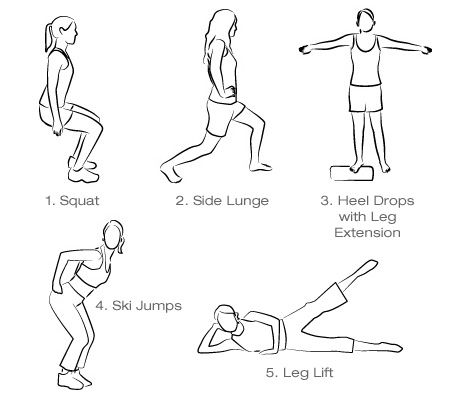
Then lift your legs and lift your pelvis off the floor. Slowly lower yourself back to the starting position and repeat. Do 3 sets of 10 reps, then gradually increase the number of reps until you reach 25 reps per set.
Seated Leg Raise
This movement will help develop hip flexor strength without overburdening the lower back.
Sit on the floor, bend your torso forward and place your palms behind your knees. Raise straight legs and lower back. Try not to throw them, but return them to the floor smoothly. Do 3 sets of as many reps as you can with good form.
Incline Leg Raise
Photo: Alexander StarostinLie down on the bench, put your hands behind your head and grab the edge with your hands. Raise your hips to a right angle with your body, bend your knees. Squeezing your abs, lift your legs up and tear your pelvis off the bench. Return to starting position and repeat.
Do 3 sets of 10-12 reps. If you don't have access to a gym (and an incline bench), move on to hanging your knees to your chest.
Captain's Chair Leg Raise
This exercise will help strengthen your abs and hip flexors without overworking your forearms. You will be able to fully load the core, regardless of the grip strength. You can perform this movement on a special simulator - the captain's chair, or on two high boxes, as in the photo below.
Photo: Alexander StarostinPlace your forearms on the pads of the machine, press your back against the backrest and lower your shoulders. Tighten your abs and tilt your pelvis back, imagining that you are pulling your pubic bone towards your navel. Bend your knees and pull them up to your chest as high as you can.
Slowly and under control, lower your legs back and, without relaxing your abs, do the next repetition. Do 3 sets of 10-15 reps.
Hanging Knee Raise on the Bar
Photo: Julia Obolenskaya Hang on the bar, holding the bar with an overhand grip slightly wider than your shoulders. If you only have a parallel horizontal bar, as in the photo, it will also work.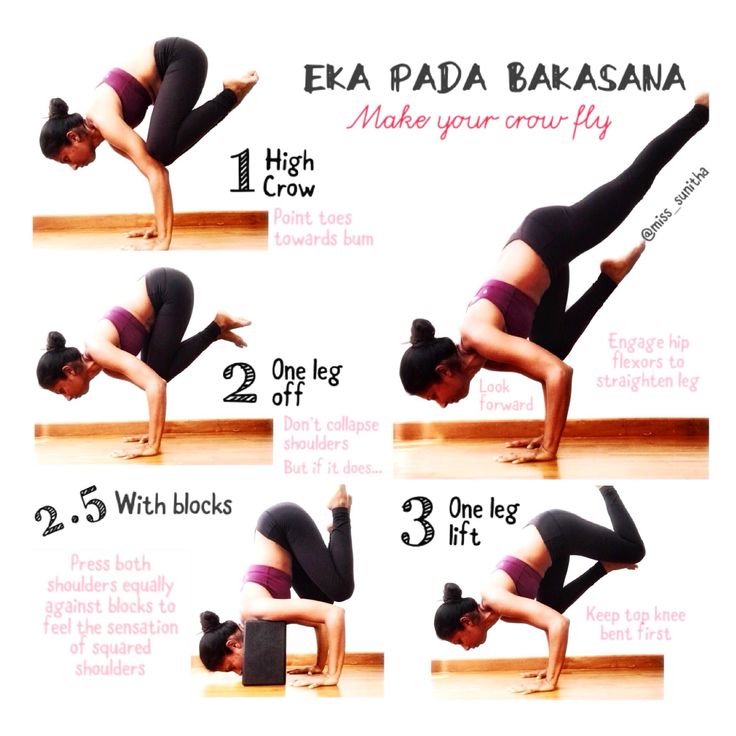
Bend your knees and pull them as close to your chest as you can. Try to tilt your pelvis back at the top so that the person standing in front of you sees your ass, not your knees.
Gently lower your legs back and repeat again. Try not to relax your abdominal muscles throughout the exercise. Do 3-5 sets of 10-15 reps.
Hamstring Stretch
Strict barbell raises require not only muscle strength but also good flexibility. This exercise will help stretch the muscles in the back of the thigh.
Sit on the floor with your legs straight out in front of your body. Straighten up and lean forward, trying to reach your feet with your fingers. Don't crochet your back in an attempt to reach - this will put more stress on your spine and won't do you any good.
If stretching isn't enough, just grab a strap or resistance band, slip it over your feet and stretch forward while keeping your back straight. You should feel a mild stretch in the back of your thigh, not intense pain. Fix the position and hold it for 30 to 60 seconds. Rest a little and repeat two more times.
Fix the position and hold it for 30 to 60 seconds. Rest a little and repeat two more times.
Stretch regularly, morning and evening. Ideally - after the main workout or at least a small warm-up. You can also combine the leg bend with other hamstring stretches.
Watch how to stretch your legs 🧐
- 20 dynamic stretching exercises for a pleasant warm-up
- 50 Full Body Stretches
Hanging Leg Raises
Grasp the bar with an overhand grip at shoulder width. Tighten your abs and tilt your pelvis back (pull your pubic bone toward your navel). This is the starting position to which you will return after each repetition.
Raise your legs up until your feet touch the horizontal bar. If you don't have enough stretch to lift your straight legs, you can bend your knees slightly.
Slowly lower your legs back to the starting position and repeat the movement. It is important not to throw the legs down, but to return them under control.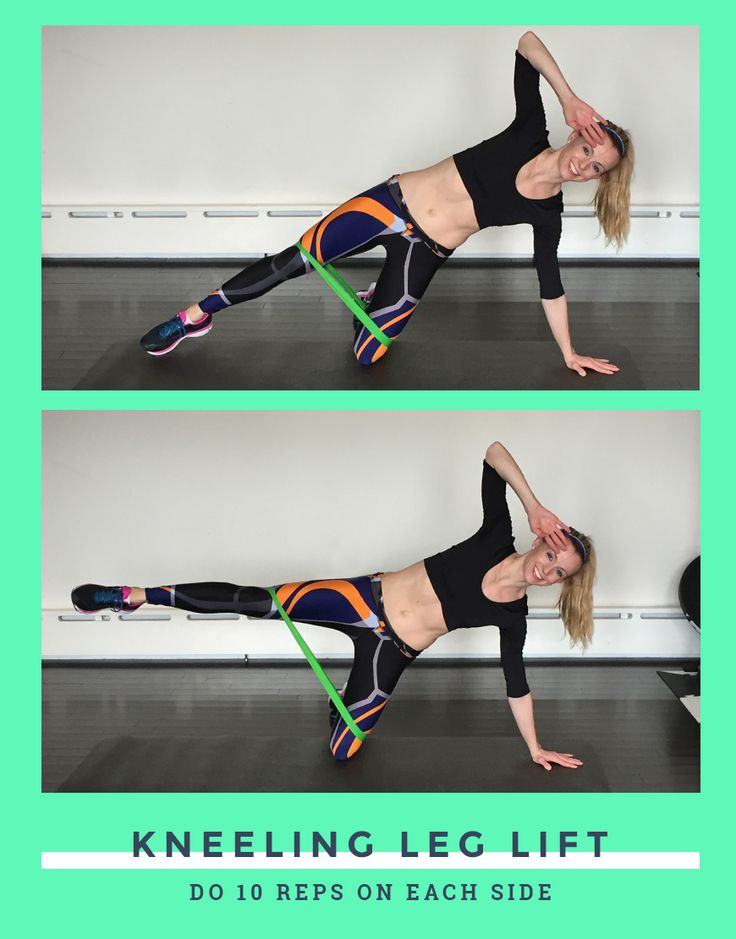 This will not only protect your spine, but also provide more stress on your muscles.
This will not only protect your spine, but also provide more stress on your muscles.
Over time, try to straighten your legs more and more, but make sure that the body does not lie horizontally, as in the video on the right. This spoils the form and reduces the load on the muscles at the top of the exercise.
Keep stretching the hamstrings and over time you will be able to perform a strict leg raise to the bar without compensatory body tilt.
Other ways to do the exercise
If you can do 10 strict leg raises without any problems, try other variations of the exercise.
Kipping Leg Raise
This movement is used in CrossFit and Functional All-Around training. Due to the inertia in this version, part of the load is removed from the press and hip flexors, but at the same time, the arms and shoulders work more.
Do not perform this exercise if you have shoulder problems, or if you are working on muscle strength and are not going to do CrossFit complexes.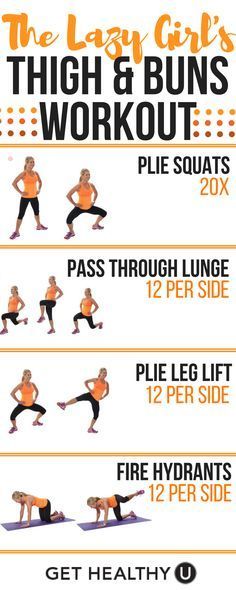
Grasp the horizontal bar with an overhand grip wider than shoulder width. Swing your body, moving your shoulders first back and then forward so that your chest goes beyond the horizontal bar line, and your body becomes like a bow bend.
After gaining momentum in this way, push your shoulders back and at the same time lift your legs, touching the horizontal bar with the toes of your sneakers. Lower your legs again while pushing your chest forward for the next acceleration.
You can do this movement with your legs straight or bent. In the last version, you first pull your knees to your chest, and then sharply straighten them, touching the horizontal bar with your feet.
Kipping allows you to do more reps without jumping down. But be careful: in this version, due to inertia, the risk of injuring your shoulders and falling off the crossbar increases greatly.
Resistance Leg Raise
To increase the complexity of the movement, you can put weights on your legs and hold a medicine ball, medicine ball or a small dumbbell between your ankles.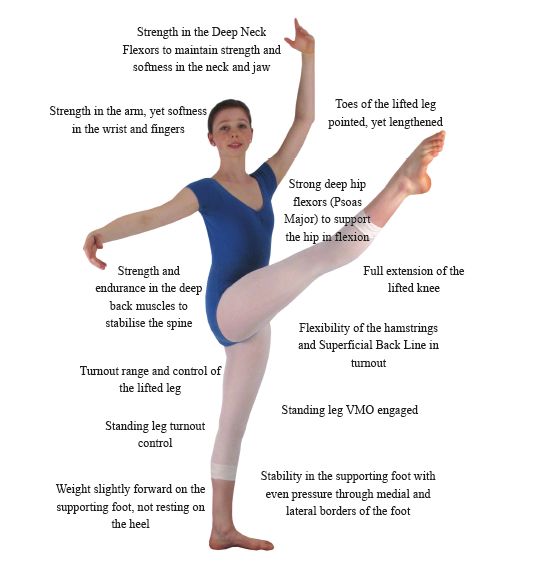
Follow all the technical points for the classic leg raise.
How often to do hanging leg raises on the horizontal bar
Perform this movement 1-2 times a week, in three sets of 10-15 times. If you can do more, add resistance and decrease the number of reps per set.
Do not leave hanging leg raises as your only ab exercise. Since it creates a lot of compression, alternate it with regular crunches, simple and side planks.
Read also 🧐
- How to do crunches on the press to load the muscles and not harm the back
- Workout of the day: 4 exercises to pump all the muscles of the core
- Workout of the day: 5 cool exercises to pump the hips and core
5 dance styles that will help strengthen your legs
One can talk endlessly about the benefits of dance and its effect on the human brain. Today we will talk about more applied, but no less important things: for example, about which types of dances will make your legs toned and strong.
1. Salsa
Salsa is a modern social dance that originated in the 1970s in the United States and Latin America.
Suitable for: for those who want to pump their lower body without exhausting strength training and recharge their batteries.
What muscles are involved: all major muscle groups. The movements in the dance are very intense - when performing different sequences of steps, the gluteal muscles, hamstrings, quadriceps muscles of the thighs and calves actively work. The back and arms in the dance must take certain positions, so they also receive a load, although to a lesser extent.
The famous salsa step: with minor adjustments for different dance styles (there are seven in total) the basic movements consist of fast-fast-slow steps to four percussive rhythms. Every fourth count is used to slowly transfer weight, pause, or - in some styles - to kick (throw out the leg) or tap (kick the floor with the foot).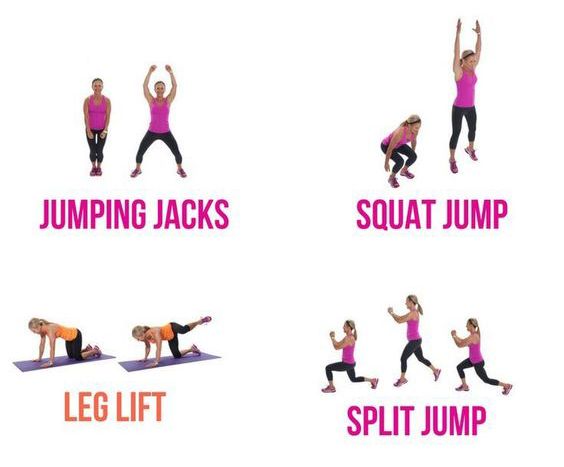
Why else do you need to do salsa:
- while dancing improves blood circulation;
- active movements burn 5 to 10 calories per minute;
- regular salsa exercises help control lipid levels and blood sugar levels;
- improves emotional health;
- social skills are improved (since salsa is primarily a pair dance).
2. Flamenco
Flamenco is a southern Spanish folk culture that includes both song and dance. Flamenco can be sung, danced and even played (guitar).
Suitable for: for those who want to try something completely new (and train their brain at the same time). By the way, experienced dancers passionately claim that flamenco has no nationality, gender or age.
Muscles Used: flamenco is essentially rhythmic tapping of fractions with the feet, so that during the dance all the muscles of the legs work intensively, and all areas are involved, from the hip to the foot.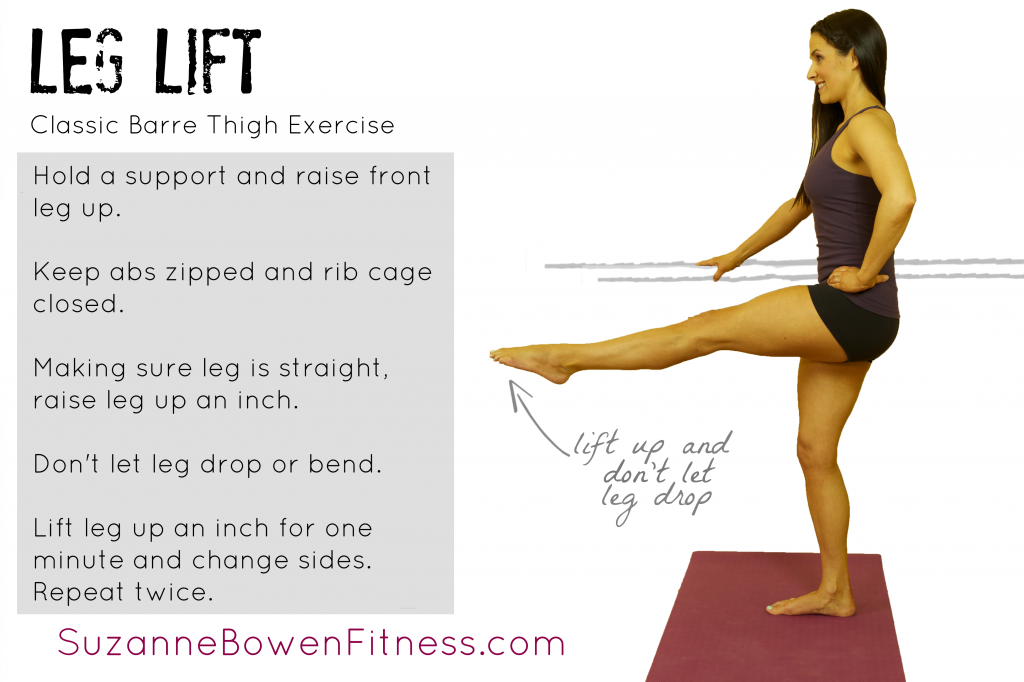 When performing turns, tilts of the body, twists and other asymmetric elements, the oblique abdominal muscles receive a good load.
When performing turns, tilts of the body, twists and other asymmetric elements, the oblique abdominal muscles receive a good load.
In terms of technique, this folk single dance is one of the most difficult. He allows constant improvisation, his drawing is intricate and contradictory, the movements require good physical preparation, flexibility and control of his own body, and the rhythm requires decent endurance.
Why else do you need to do flamenco:
- dance “sculpts” a relief back, forms an impeccable posture and beautiful hands;
- dance develops intelligence. Flamenco is called a “smart art”, to comprehend which you need to learn Spanish (at least at a basic level), master solfeggio, rhythm, ideally, master the basics of vocals and even improve your knowledge of mathematics (flamenco has very complex rhythms that need to be calculated in your head) .
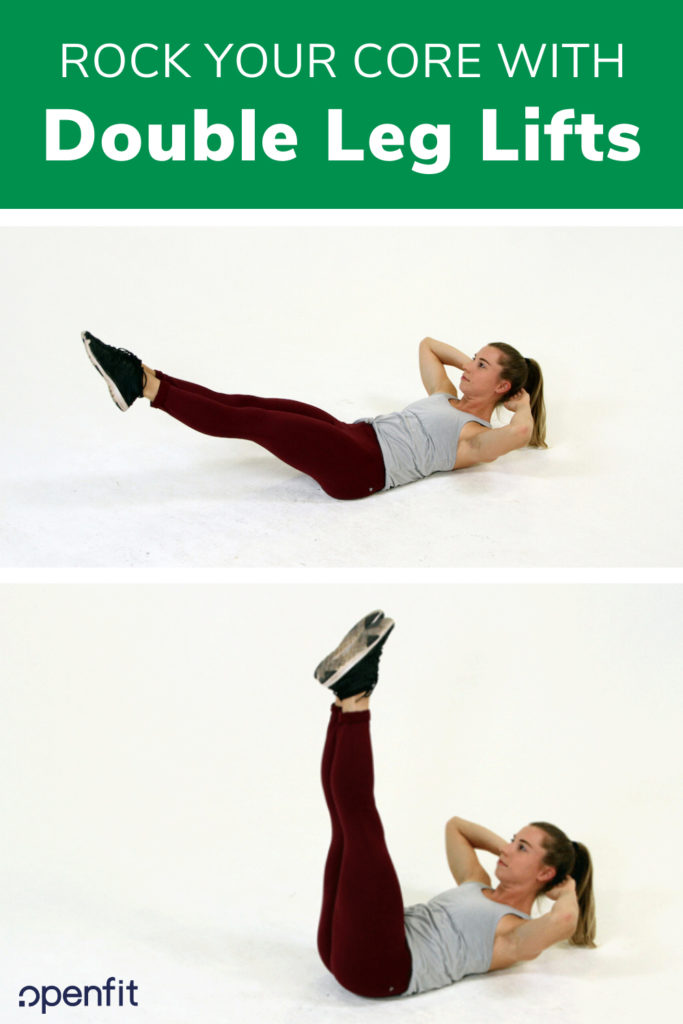
3. Contemp
Contempo is a combination of dance techniques from Western (classical dance, modern jazz) and Eastern (qigong, taijiquan, yoga) arts of movement. The main exercises are built by analogy with classical and modern ones: from simple to more complex. The lesson includes exercises in the stalls (work on the floor), relaxation techniques, as well as stretching.
Suitable for: for those who want to explore themselves deeper, as well as fans of martial arts.
What muscles are involved: all, since the peculiarity of the dance is the alternation of muscle tension and relaxation, falling and lifting, sudden stops (often on straight legs) and balancing.
Why else do you need to do contemporary:
- it's aesthetically beautiful;
- dance will help you master breathing practices.
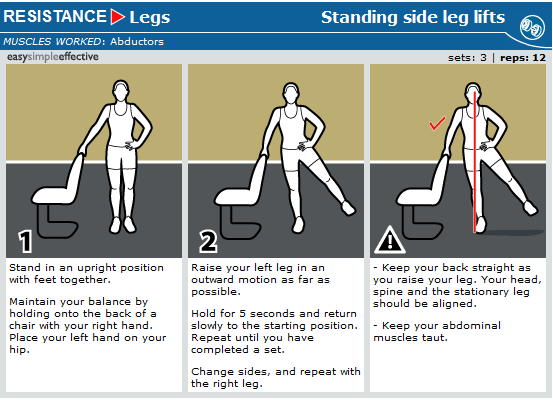 Breathing during the contempo plays a big role - it should be measured. This feature kontepm learned from martial arts.
Breathing during the contempo plays a big role - it should be measured. This feature kontepm learned from martial arts.
4. Irish solo dance
Solo Irish dances owe their origin to the masters of dance
- traveling teachers who appeared in Ireland in the 18th century. The peculiarity of the Irish dance is in fast and clear foot movements, while the body and arms remain motionless.
Who will suit : independent fans of James Joyce and lovers of order in everything.
What muscles are involved: all the muscles of the legs (to beat an energetic rhythm) and the back (which is always tense). Since the Irish dance is characterized by the eversion and cross position of the legs, as well as the aspiration of the dancer upwards, a beautiful posture and a fixed body play a very important role - the hands should be pressed to the sides during the dance.
Why else do you need to learn Irish dancing:
- it is physically difficult - about 800 calories are burned per hour of training;
- is fun. Seriously, thanks to its energy and positiveness, Irish dances in various manifestations and forms continue to win the hearts of people in all corners of the world, from Japan to Africa.
5. Bachata
This is a couple dance that originated in the Dominican Republic in the 1960s during the country's economic decline. Bachata was danced in spite of: dictatorship, military coups, difficulties. There is a version that the inhabitants of the Dominican Republic tried to support each other in difficult times, hence the gentle, almost intimate performance of the dance.
Suitable for: for those who want to develop the flexibility of the body.
What muscles are involved: since there are many different steps, bends and turns in the dance, as a result of regular training, the joints of the ankle, knees, pelvis, hands and forearms will be strengthened, plasticity will develop, the muscles of the back and the press will be strengthened.

